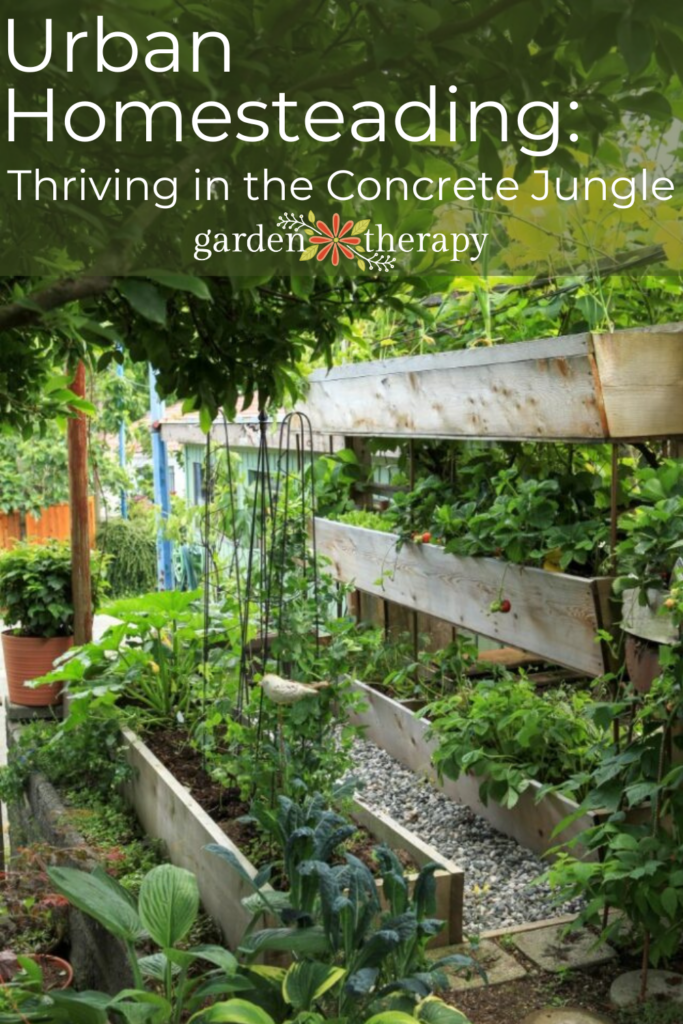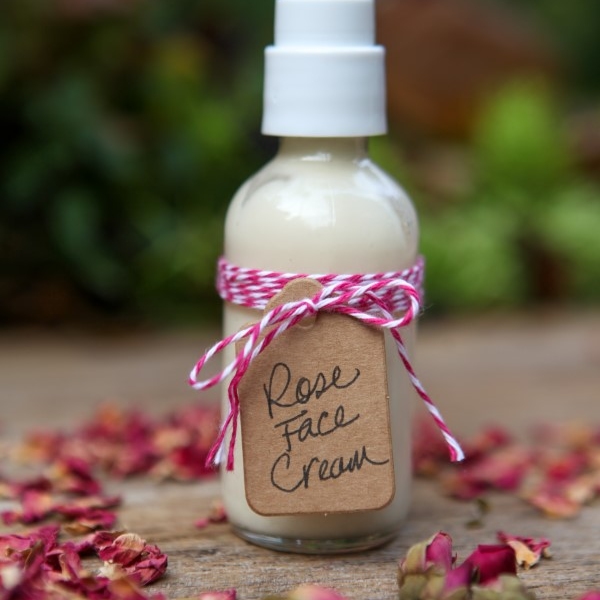Homesteading is a way of becoming closer to the earth by living a more self-reliant and holistic lifestyle. From growing your own produce to making candles, there are so many ways you can embrace a more natural lifestyle, even in the city. Here’s how you can return to your roots by embracing urban homesteading.
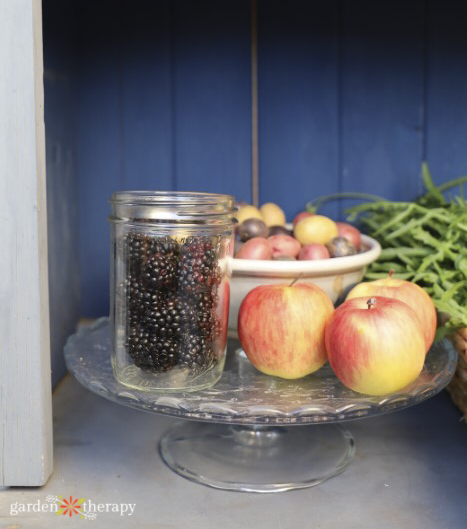
My Instagram feed has been flooded these days with garden harvest hauls, flower pounding prints onto fabric, collecting eggs from the coop, and so many more posts about homesteading.
People want to return to using the land and nature as a support. I think the past few years have made people realize how vital self-sufficiency can be and how nature can boost your mental health.
Homesteading can include many aspects, from preserving goods and embracing agriculture to making textiles or producing your own energy. Traditionally, you need lots of farmland to live the homesteading life.
But I’ve seen many ways people have twisted homesteading on its head and made it work for even small spaces. If you live in a city or town with limited space like me, you can still employ many homesteading practices at home.
Here are plenty of projects and ways you can begin urban homesteading!
This post will cover…
What is a Homestead?
Homesteads are a return to traditional living, with homes on farms or off the grid that are self-sufficient. Theoretically, they get everything they need to live on their property.
Homesteaders live off the land as much as possible. They plant gardens, keep animals, hunt, and gather from the surroundings to sustain themselves.
To be 100% self-reliant, of course, takes a lot of work and land. Nowadays, many people are using these older homestead practices and applying them to a more modern and urban lifestyle.
Many of the things I talk about in Garden Therapy can be considered homesteading practices. After all, gardening is a key component of homesteading. But did you know that I live in urban Vancouver on a small city lot?
You don’t need a ton of space to get started. Urban homesteading is very much possible, and I can’t wait to share with you some projects you can do to begin homesteading on your property.
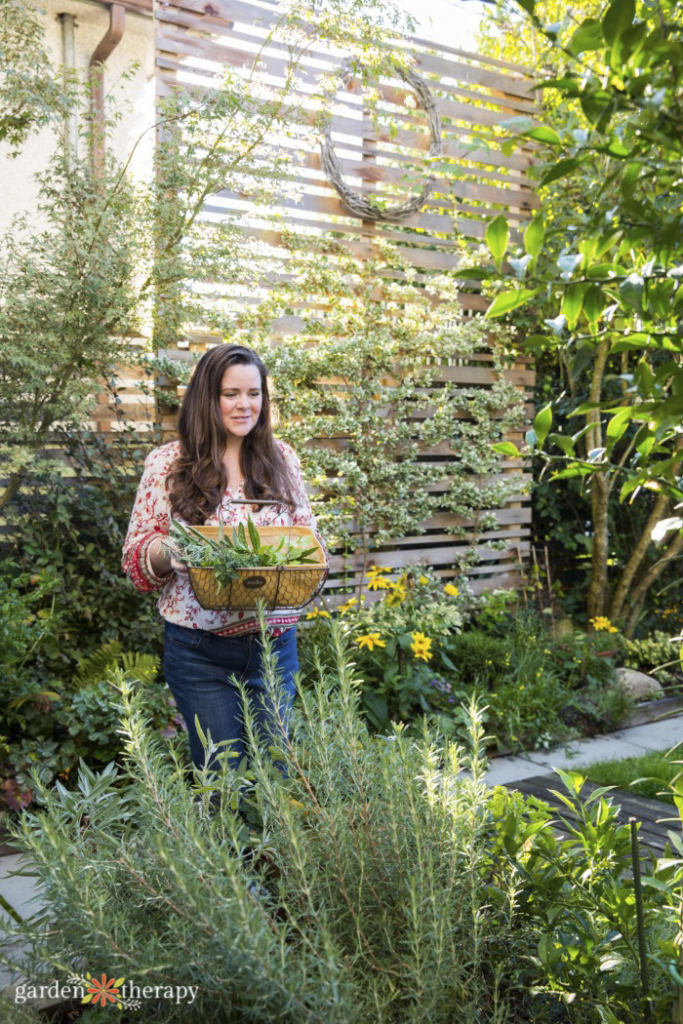
Gardening
As you can probably tell by the name of this website, gardening is a big part of my life and a core part of urban homesteading. The biggest misconception about homesteads is that you need acres of land to grow enough food to be self-reliant. Let me tell you that is a considerable feat for even a seasoned gardener.
The more practical goal is to grow plants to supplement what you buy from the grocery store or farmer’s market.
I practice regenerative gardening, a sustainable method of organic gardening that encourages your garden to be more self-reliant and in harmony with existing ecosystems. It may sound complex, but it really is simple to get started with. You can check out my post on 25 practices to start regenerative gardening or refer to my book, The Regenerative Garden, for everything you need to know.
Another important thing to remember is that anyone can garden, even those in an apartment without a balcony. There are many ways to grow food indoors or get involved with a community garden.
Herbs
Some people grow lots of vegetables or fields of flowers—every gardener has their passion. For me, my love lies in herbs. They can be beautiful, great for wildlife, edible, and medicinal. I love plants that can be multi-faceted.
You’ll find that many plants are more beneficial than you may think. Roses are terrific for skin care. Feverfew can help to prevent and treat migraines and headaches. Hops can aid with insomnia and digestion issues. I could go on!
You can check out all my herbal guides to get the low down on the benefits of plants—you may even already have some in your garden.
Canning
You’ll find that no matter how well you plan succession planting, you’ll end up with more than you need at one time. This is where canning comes in! Try canning, pickling, and making all kinds of preserves and jams with your extra bounty.
Here are a few recipes that I use for my harvests:
Preserves from your garden make for such thoughtful gifts. If I’m heading to a friend’s for dinner or coming up with Christmas presents, I can easily grab something from my stash. Dress up your preserves with these free printable canning labels.
Soap Making
Many years ago, our ancestors would make soap out of oil and wood ash. Luckily, things are a little easier these days for us urban homesteaders!
For beginners, I always recommend getting started with melt and pour soap. This method uses an existing soap base and allows you to add colours and scents and pour them into your mould of choice. It’s a great way to dip your toes into the soap making process.
The other method of making soap is my preferred method, cold process. Through cold process, you mix a combination of oils and lye. This creates a chemical reaction known as saponification, resulting in hard bars of artisanal soap.
I make cold process soap constantly, so I have many recipes on Garden Therapy that you can try out. But here are a few of my favourites.
Candle Making
Candle making is one of the easiest ways to get into the urban homestead mindset. It doesn’t require much space or even supplies, making it a quick and easy project.
I’ve been making my own candles for years and have even written a book about fun and unique candle projects, Make & Give Home Candle Making.
Here are a few of my favourite candle projects you can try out!
You can easily get started by purchasing a candle making kit. Or you can go out and buy the supplies and repurpose containers. This list covers all the supplies you might need to start candle making.
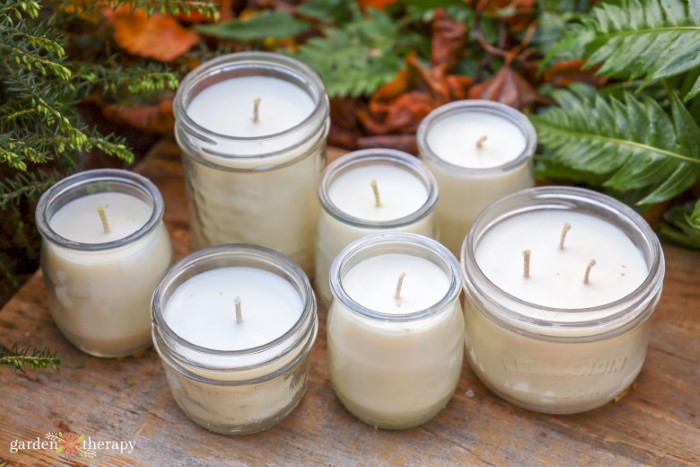
Salves and Remedies
Plants are powerful allies to have in our medicine cabinet. So often, I can find an aid for common ailments just by going into my backyard and putting together some natural ingredients. Whether you’re looking for prevention or treatment, there’s a plant ally you can turn to.
I make many salves and balms using infused oil. First, I dry the plants with desirable properties and benefits and then infuse them in oil to transfer those properties. Here is a complete list of all the healing salves and balms I make regularly.
In addition, these are other common natural healing methods I like to use:
Green Cleaning
Besides using the medicinal properties of plants to help heal my body, they can also be amazing cleansers for the home.
I avoid using chemical cleaners at all costs, instead turning to staple items like vinegar and alcohol infused with plants from my garden. They’re just as effective in cleaning and disinfecting as the cleaners you might get from the store.
You can find a ton of natural cleaning products for around the home in my cleaning roundup post. My book, Handmade Soaps, Sanitizers, and Cleaners, also has recipes to sanitize your home and cleanse your body.
Bee Keeping
Are you on Bee TikTok? I’ve learned so much about bees, from breeding queens to bees staging coups. It seems that everyone is becoming obsessed with taking care of bees, and I’m here for it!
I’ve long been a big bee fan without actually delving into beekeeping. It’s all about creating a safe space for them and realizing that your yard is also theirs!
Here are three big things everyone can do for bees:
- Create a safe home. Building a bee house on your property gives a safe space for solitary bees to nest in.
- Create a bee bath. Like a bird bath, a bee bath gives a safe and accessible space for bees to stop and have a drink.
- Succession planting. Ensure you have flowers blooming from early spring to late fall to give bees a continuous food source.
If you want to try traditional beekeeping, you must peek at these gorgeous painted beehives. Perhaps you could do something similar to dress up your garden and bee lodge!
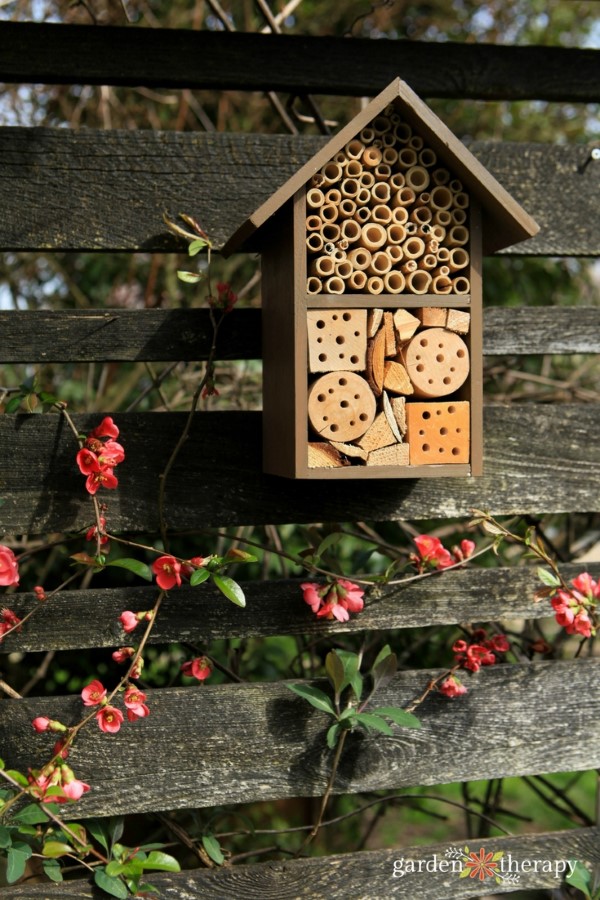
Backyard Chickens
When people think of urban homesteading, they think of chickens. While not all bylaws will allow chickens in urban areas, yours might!
I’m not a big expert in keeping chickens, as I’ve never had any. However, I have had a few guest bloggers share their knowledge about caring for chickens over the years.
Urban Homesteading for Beginners
If you’ve reached the end of this list and feel a little overwhelmed about where to begin, I have you covered. Here are a few projects that are very easy to do and great for those who want to get started with urban homesteading without full-on committing:
Frequently Asked Questions About Urban Homesteads
There is no magic homestead number. A standard city lot should provide plenty of room to grow food and host wildlife and animals. However, the idea here is that anyone can homestead, even those without outdoor spaces. Activities like soap making, candle making, herbal healing, green cleaning, canning, and even growing food can be done indoors.
More Tips for Creating an Urban Homestead

